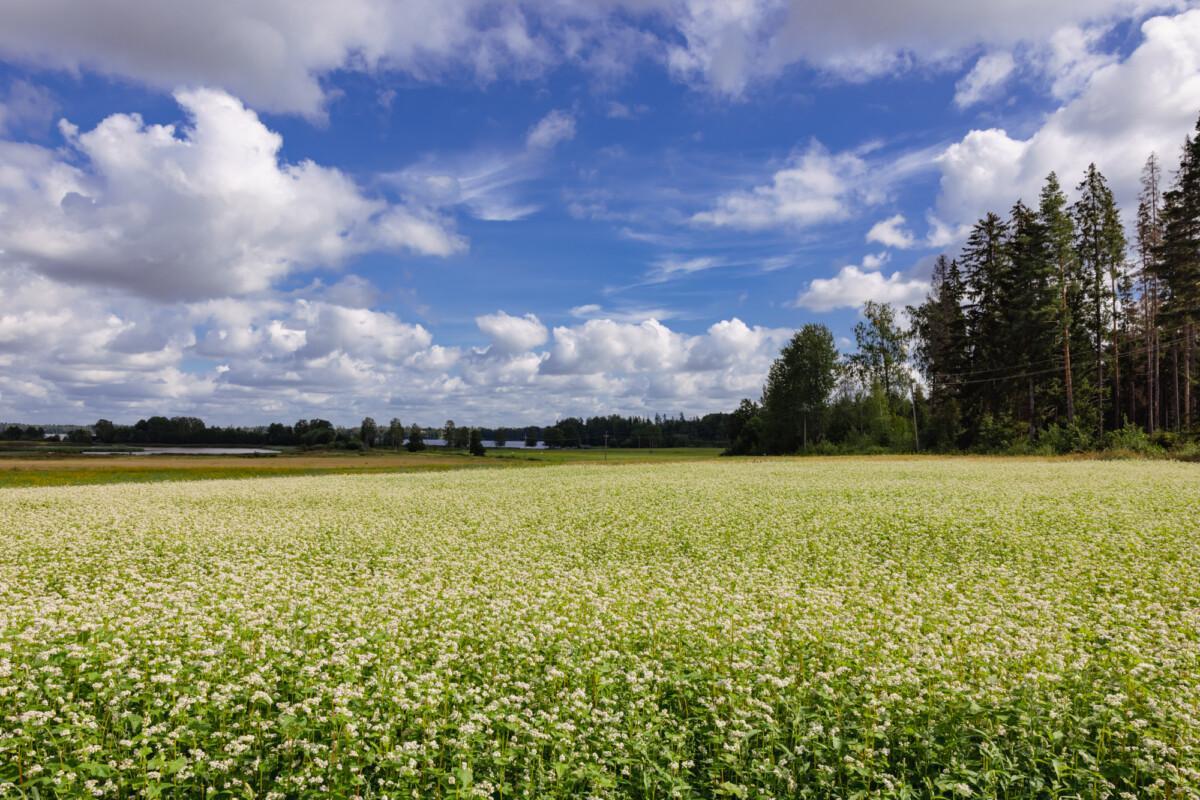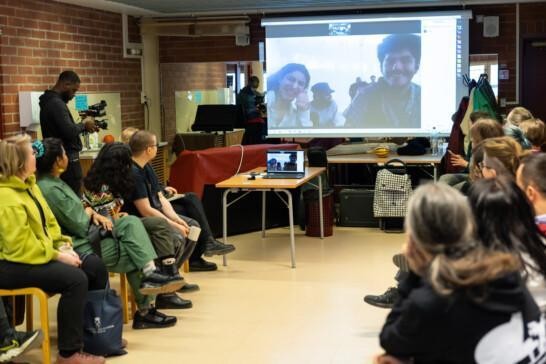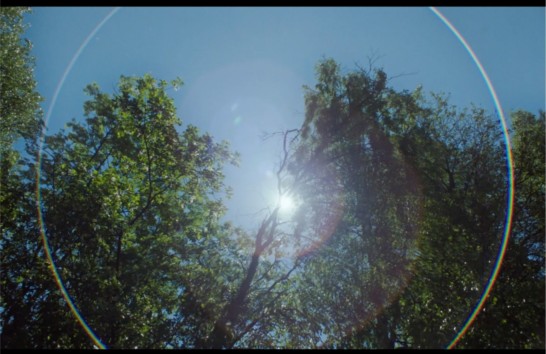Curator’s texts
Let’s make the future now

Science and institutional eco-social education
This is the third in a series of articles by Paula Toppila, Executive Director and Curator of IHME Helsinki. In 2018, IHME Helsinki began the organisation’s ecological transition from IHME Contemporary Art Festival (2009–2018) to being a contemporary-art-commissioning organisation that combines art, science and climate work. These texts reflect on the role of art and art institutions in the sustainability transition. When the first blog was published, it was called Imagine the Future Now, but we have changed that to Let’s Make the Future Now, because the environmental crisis is not waiting, it is advancing, and more action is needed all the time.
For seven years, we have described what we do by saying that IHME Helsinki combines art, science and climate work. We have long articulated the role of art and climate work when outlining our long-term efforts to achieve an ecologically sustainable art institution in a world of environmental crisis. But how is science, especially the natural sciences – not forgetting research in other disciplines and the scientific context – manifested in what we do as a commissioner of contemporary art?
Art and science meet in the artwork process
What is the first thing that comes to mind when you think of a dialogue between art and science? I often come across the assumption that this means combining art and technology, or that the art visualises scientific results or processes. Art and science are intertwined in many ways in IHME Helsinki commissions. This mostly occurs in the meetings between artists and scientists that are part of the background work for a commission.
Of the five IHME Helsinki commissions carried out so far, the Norwegian artist Jana Winderen’s Listening Through the Dead Zones sound installation at the Rowing Stadium and Scottish artist Katie Paterson’s To Burn, Forest, Fire incense ceremony, in which we experience the scents of the first and last forests on the planet, are specifically about the dialogue between art and science. The scientific disciplines underpinning these works include marine biology in Winderen’s installation and geology, palaeontology and palaeoclimatology in Paterson’s ceremony.
Cooking sections’ 2024 Maaleipä Challenge, which seeks recipes for bread that nurtures the land, sea and people, was a dialogue between applied sciences – agriculture and forestry – and the arts.
We have also carried out one commission within the scientific context, i.e. in collaboration with universities, the main target group being university students. This was IHME Helsinki Commission 2022, a ten-week online course, Learning from Doubt, by Indian artist Amar Kanwar, run together with the University of Helsinki’s Helsinki Institute of Sustainability Science HELSUS and the Academy of Fine Arts of the University of the Arts.
Kanwar’s online course included a number of interviews with many of the artist’s long-standing collaborators, among them representatives of several disciplines, ranging from law to agricultural forestry. In addition, the students who participated in the course represented a number of different disciplines alongside the arts, bringing multidisciplinary and artistic perspectives into the discussion and the joint exercises that were part of the Commission.
Science as a basis for education about the planet
The arrival of science in IHME Helsinki’s work is, however, primarily linked to understanding and articulating the state of the planet – the climate crisis and the loss of nature – based on scientific knowledge as a part of the work of an art institution. We want our work to promote not only critical art, international dialogue and access to new audiences, but also the sustainability transformation.
This means becoming aware of the disruption to life-supporting systems resulting from human activity, of the over-consumption of natural resources, and of what these issues mean in the field of art. The main reason for the inclusion of science in our work is the state of the planet, which requires the scientific knowledge generated by research to understand it, and also the need to know how to do the right thing in a world of environmental crisis.
Over the last five years, we have invested heavily in generating knowledge about the environmental impact of art-making and the work of art institutions, as exemplified by our own activities. During those years, the pool of environmental-information producers has grown and diversified, especially among science practitioners. It is good to acquire an understanding of the environment and sustainability from these sources to inform our own work in the arts – I call this the growth of institutional eco-social literacy.
Art as a promoter of systemic change
Multidisciplinary collaboration is also a prerequisite for achieving sustainability change, especially when the goal is systemic change. Because art is dialogical – everyone has a chance to experience a work of art in their own way, from their own perspective – targets are not usually set for what art should do or induce in the viewer. But artists work from a variety of starting points, and some artists set themselves goals, for example, if they want to influence society more directly and more quickly than art usually does.
An example of this is Alon Schwabe and Daniel Fernandez Pascual of Cooking Sections, who are exploring how we should eat in different parts of the planet as humans change the climate. They are looking for solutions for the world of the climate crisis by reforming culture to maintain and increase biodiversity.
As non-fiction author and biologist Juha Kauppinen has said, increasing biodiversity also helps prevent climate change. In the Finnish context, Cooking Sections developed the concept of maaleipä, bread that cares for the land, the seas and people. In this way, they bring a way of doing things that promotes “one health” (the health of people, animals and ecosystems) within reach of everyone who bakes bread at home. This is the seed of a (bread) cultural transformation, with an accompanying growth in institutional eco-social education.
Read more about maaleipa here: maaleipa.fi
Paula Toppila
I welcome all feedback – especially if you have questions about the text or if it inspires you in your own sustainability work: paula.toppila@ihmehelsinki.fi
Translated with DeepL.com (free version) Revised by MG


